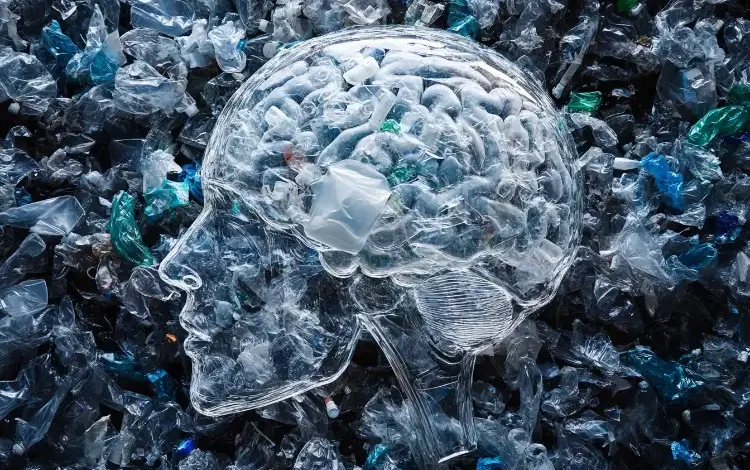Study Reveals 0.5 Percent Microplastic in Human Brain Tissue
Recent Study Reveals Alarming Levels of Microplastic Contamination in Human Brain Tissue

A recent study has uncovered an alarming presence of microplastics within human brain tissue, raising serious concerns about the potential health implications of this widespread contamination. The findings, which have not yet undergone peer review, were derived from the analysis of 91 brain samples collected from autopsies earlier this year.
Disturbingly, every brain sample examined was found to contain microplastics. Even more concerning was the discovery that these brain samples harbored ten to twenty times more microplastics than liver and kidney samples from the same bodies. This suggests that the human brain could be one of the most plastic-contaminated tissues studied to date.
The data is staggering: in 24 of the brain samples, microplastics accounted for an average of 0.5 percent of the tissue’s weight. Matthew Campen, a professor of pharmaceutical sciences at the University of New Mexico and the study’s lead author, expressed his shock at the findings.
“It’s deeply unsettling,” Campen stated in an interview with The Guardian. “The amount of plastic we’re finding in our brains is far beyond anything I had anticipated or would have considered acceptable.”
This revelation adds the human brain to a growing list of body parts known to be affected by microplastic pollution. Previous research has identified microplastics in a range of tissues, including the testicles, penis, semen, arteries, heart, and lungs. Just last month, microplastics were detected in human bone marrow.
Although the exact impact of these microplastics on human health remains uncertain, scientists are increasingly concerned. Studies have already linked microplastic exposure to various health issues, such as fertility problems, compromised immune systems, memory impairment, and a surge in cancer cases among young people.
In some of the brain samples studied by Campen and his team, particularly those from individuals who had died from dementia-related conditions like Alzheimer’s disease, microplastics were found in concentrations up to ten times higher by weight. This finding hints at a potentially troubling connection between microplastic contamination and neurodegenerative diseases.
The situation appears to be worsening over time. The study also observed that the rise in microplastics in brain tissue samples correlates with the increasing levels of plastic pollution in the environment since 2016.
“It’s a clear trend,” Campen remarked. “The amount of plastic we’re seeing in the environment is steadily rising, and it’s reflected in what we’re finding in human tissue.”
In light of this growing body of evidence, scientists are urging immediate action to address the issue of plastic pollution.
“We must now treat this as a global emergency,” Sedat Gündoğdu, a microplastics expert from Cukurova University, told The Guardian.
Also Read: Microplastics Found in All Human Semen Samples in Study








